How to Meet Different Dietary Preferences in the Same Home!
I've been trying to cook for different dietary preferences and needs for several years now, and haven't had a lot of luck. I couldn't quite figure out how to accommodate my desire for vegan eating, alongside my husband's desire for meat and potatoes. It was confusing, took lots of extra work, and wore me out. So I struggled with consistency.
And that's what prompted me to take an online class from Vegan Coach (www.vegancoach.com). This very reasonable course ($47, which included downloadable cookbooks) lasted 5 weeks, and was terrifically informative and helpful.
Vegan Coach cleared up my confusion and simplified the whole thing at the same time. So I thought, in the off-chance some of you might be dealing with a similar issue (trying to meet differing eating styles in the same home), I'd pass on a few of her tips.
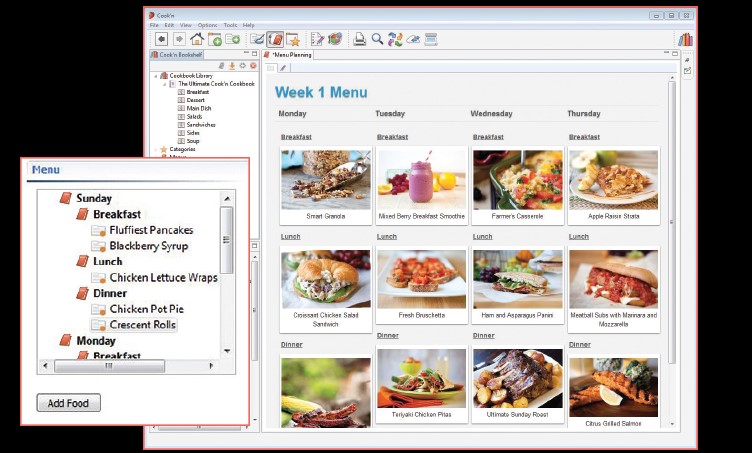
It's all about organization and routines. You're no stranger to the menu concept-Cook'n 11 and 12 makes sure we have a handle on this part of meal-managing. And it's the secret tool-the organization and routine tool-to successfully handling varying food preferences.
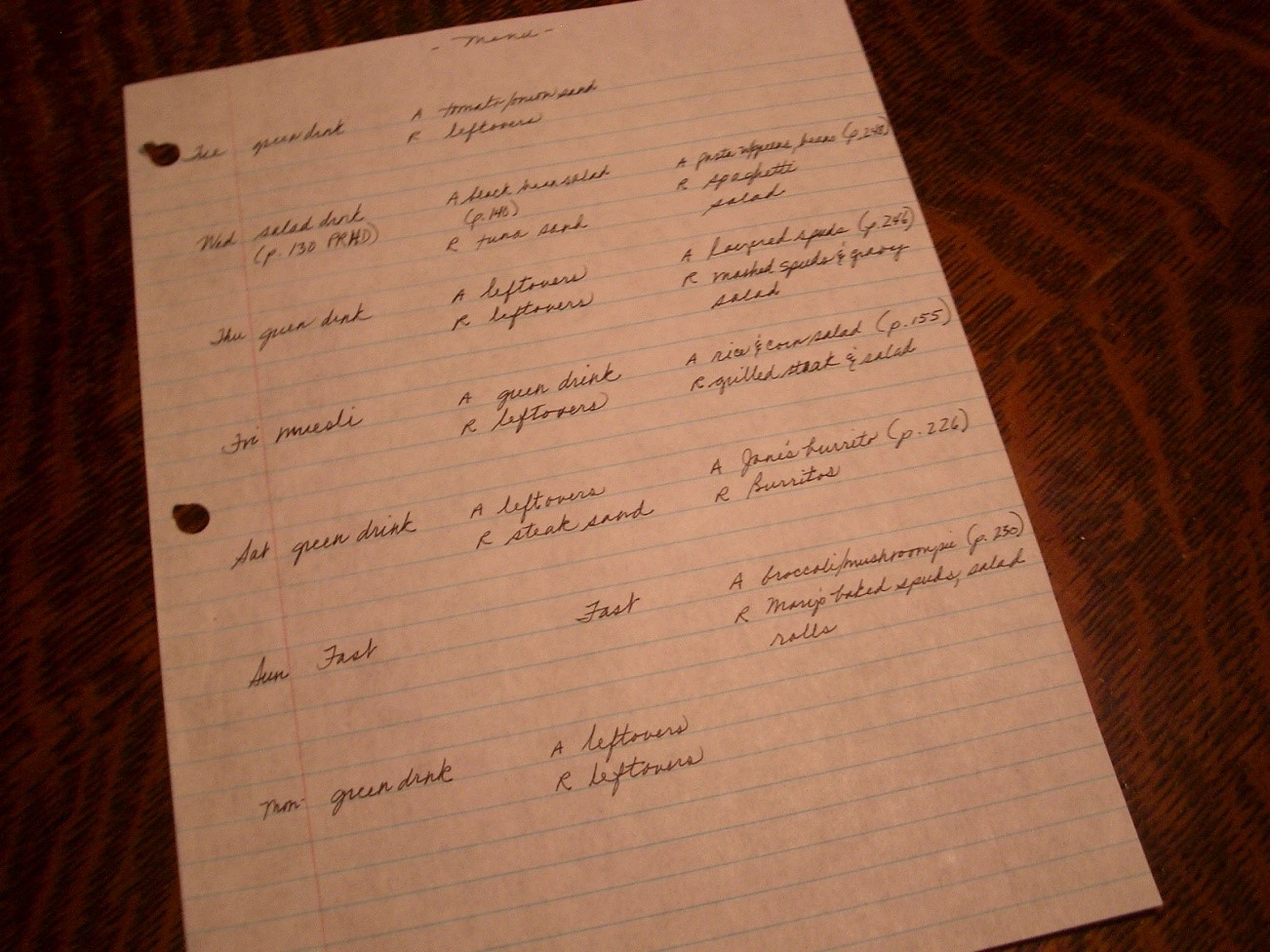
Right now I'm just writing menus out on some notebook paper (while I experiment with format and organization of content). Soon I'll be uploading them into my Cook'n tool. But you can see it's not rocket science. I list the day of the week on the left, then note what's for breakfast, what's for lunch, and what's for dinner for that day (going across, left to right). The important piece is that I list 2 separate meals-one for myself (A) and one for my husband, Rich (R).
With things spelled out this way, I can now go ahead and prep exactly what we're eating ahead of time and in the process I'm meeting both our dietary preferences.
This is where Vegan Coach comes in. She suggests if we're prepping for one or two people, we pre-package certain ingredients in small portions-the amounts commonly used in most of our favorite recipes.
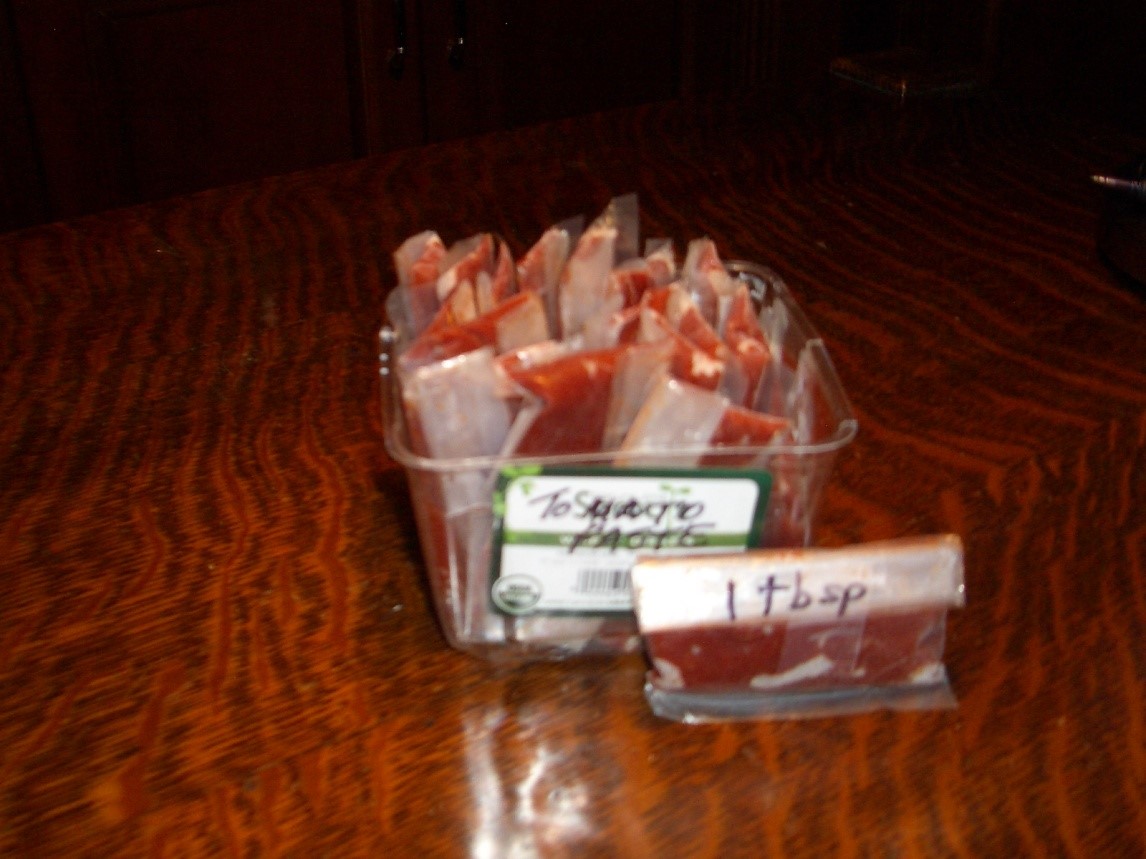
Take tomato paste for example. Many of my vegan recipes call for just 1 tablespoon of this. It took me about 30 minutes to measure the contents of two cans, into tiny plastic bags, one tablespoon to each bag (available at hobby stores in the jewelry-making section). I folded the bags over, taped them, and labeled them with the amount (as shown). Each 6 ounce can contains 10 tablespoons of paste.
Now, in the freezer, stashed in a container labeled TOMATO PASTE, I have quick-fixings at my fingertips-a big time-saver. You can see how this approach applies to all sorts of ingredients.
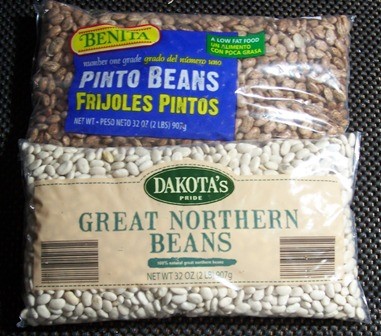
Another tip I learned from my online Vegan Coach class was the importance of taking good care of the beans, legumes, and whole grains I'm using, and just how to do that. The enemy to these foods is light, heat, air, and humidity. These bugaboos are the cause of deterioration in food quality, and since the cost of food keeps going up, we want to be vigilant in protecting our food.
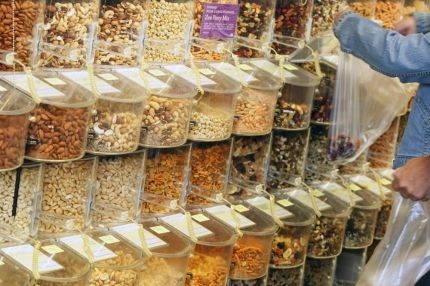
By the way, regarding the high cost of foods-it goes without saying dry beans and legumes cost less than canned and it's less expensive to buy in bulk. Right?
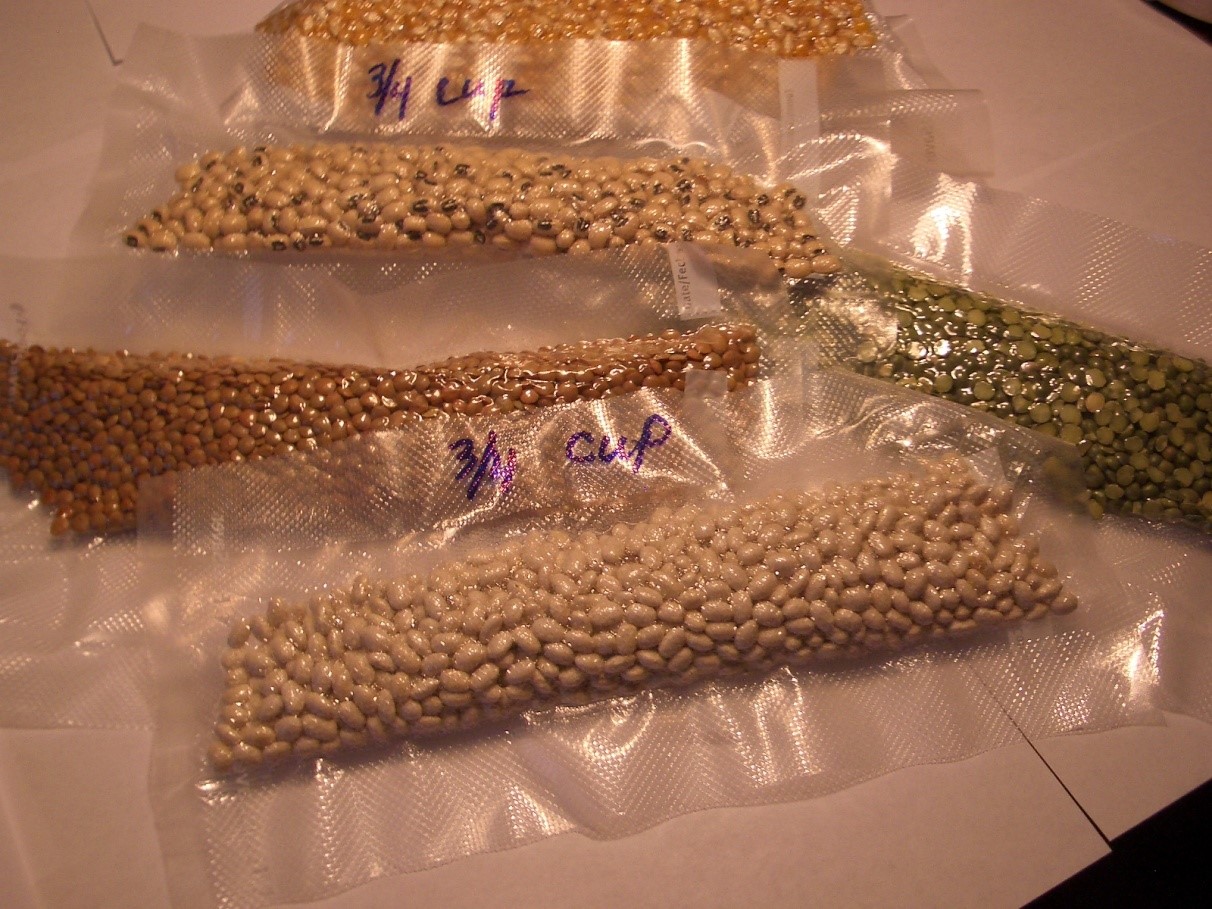
OK, back to protecting beans, legumes, and whole grains-prolonging their freshness. Whether buying in bulk or the small packages found on grocery shelves, I now measure out the amounts commonly used in most of my recipes (for one or two people), which is typically ¾ to 1 cup.
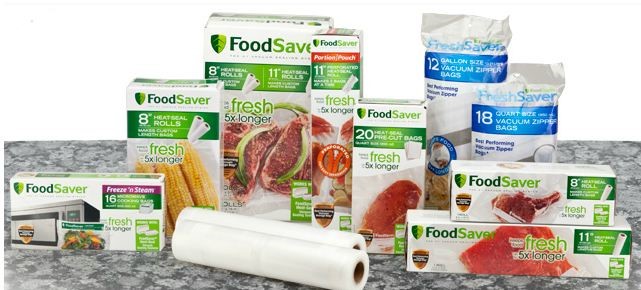
Then I seal these amounts in Food Saver bags. This process vacuum packs the food and takes care of the air and humidity issue. I place all packages in a basket in my cool and dark pantry, which takes care of the light and heat issues.
And time is saved in prep time because the amount I need for my recipe is already measured out. I just grab a package of whatever it is I'm using, open it and away I go.
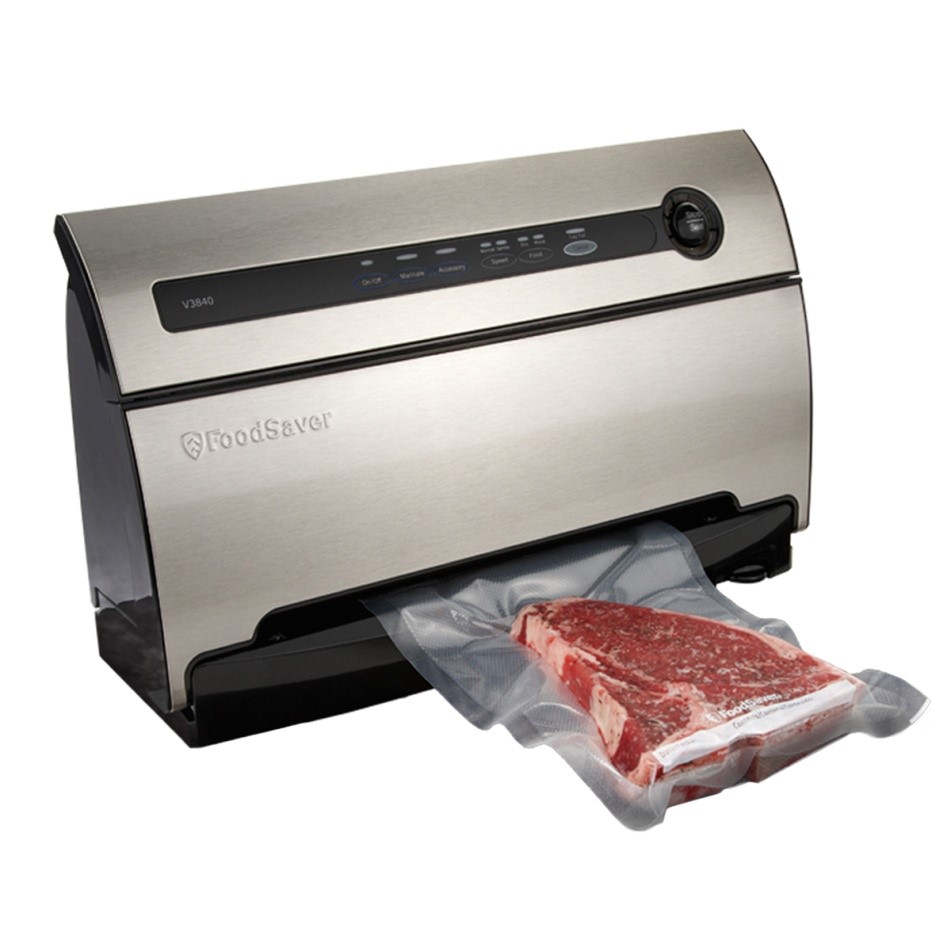
And the Food Saver is also how I deal with my husband's meat-and-potatoes preferences. Each steak is vacuum packed. I'll cut a pot roast in 4 chunks and vacuum seal each chunk. I'll vacuum seal a pound of bacon, 4 strips to a vacuum pack. I'll divide a family-size package of ground beef into ¼-pound servings and individually vacuum seal them. You get the idea. This method not only protects the freshness of the meats, but also saves me time when prepping-individual servings are already measured.
There are so many ways to eat nowadays, but with the right techniques and tools, we don't have to be confused, worn out, and inconsistent!
- www.dvo.com
- www.preparedsociety.com
- www.pinterest.com
- www.southernsavers.com
- www.foodsaver.com
 Alice Osborne
Alice Osborne
Weekly Newsletter Contributor since 2006
Email the author! alice@dvo.com
